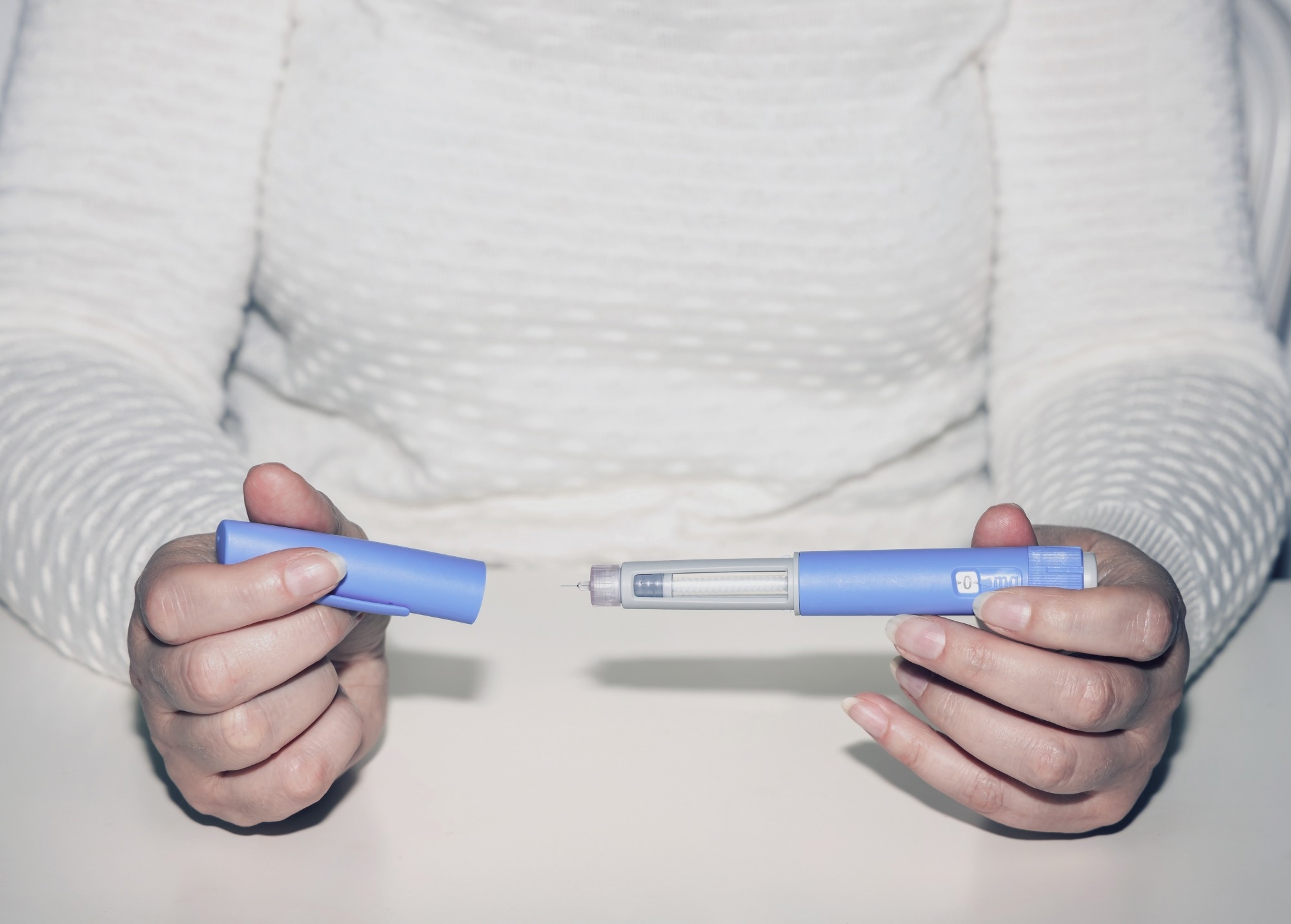A recent study published in the Journal of the American Pharmacists Association examined the trends in usage of glucagon-like peptide (GLP)-1 receptor agonists.
Annual obesity- and overweight-related medical costs in the United States are estimated at $92 billion. Minoritized groups are disproportionately affected by obesity, especially non-Hispanic Black and Hispanic individuals. Recent approvals of several GLP-1 receptor agonists by the Food and Drug Administration (FDA) have drawn interest in cost and demand projections, with discussions on coverage and policy implications.
These discussions will evolve as the evidence of benefits in cardiovascular outcomes emerges from a trial on semaglutide effects in obese/overweight individuals. Ozempic and Rybelsus are semaglutides, a class of medications known as glucagon-like peptide-1 (GLP-1) receptor agonists, approved for type 2 diabetes (T2D). Wegovy is a semaglutide licensed for weight management. Victoza and Saxenda are liraglutides for T2D and weight management, respectively. Trulicity (dulaglutide), Mounjaro (tirzepatide), Byetta (exenatide), and Adlyxin (lixisenatide) are approved for T2D.

Brief Reports: Trends in Glucagon-like Peptide 1 Receptor Agonist Use, 2014 to 2022. Image Credit: Natalia Varlei / Shutterstock
The study and findings
In the present study, researchers examined the prevalence of GLP-1 receptor agonist use in the US. Patients who were prescribed GLP-1 receptor agonists between 2014 and 2022 were included for analysis. Electronic health records of patients from 12 hospitals and five academic medical centers were analyzed. Distinct patient counts were determined by brand name.
The monthly exponential growth of Mounjaro, Wegovy, Adlyxin, Rybelsus, Ozempic, Saxenda, and Trulicity during the first year of their availability was estimated using log-linear models. Sub-group analyses were performed by cardiovascular disease (CVD), T2D, and obese/overweight status before GLP-1 receptor agonist use.
The study included 87,935 patients, aged 59.2, on average. Most subjects were females (55.5%) and White (47.6%). Wegovy and Saxenda users were younger than others and less likely to be male. Over 5,000 annual users of Victoza and Trulicity existed between 2014 and 2018. There was a sharp increase in Ozempic users from 569 in 2019 to 13,310 in 2021 and 22,891 in 2022.
There were 2,992 Wegovy, 2,721 Saxenda, and 1,508 Mounjaro users in 2022. Rybelsus users increased from 1,128 in 2020 to 5,937 in 2022. The use of Adlyxin and Byetta was limited. These trends were similar for obese/overweight, T2D, and CVD subgroups. However, the increase in Ozempic use was more apparent among obese/overweight individuals.
Mounjaro and Wegovy showed the most rapid growth during initial availability. Trulicity and Ozempic had comparable growth patterns. Ozempic, Wegovy, Rybelsus, Saxenda, Adlyxin, Trulicity, and Mounjaro reached monthly growth rates of 83.9%, 119.2%, 84.8%, 53.3%, 12.9%, 78.8%, and 254.3%, respectively, in their first year of availability.
Conclusions
Taken together, weight loss-related GLP-1 receptor agonists showed rapid, continuous, and significant increase in usage. The Ozempic count in 2022 was 40 times higher than in 2019. Trulicity, with over 19,000 users in 2022, was second to Ozempic. There were more than 30,000 users of semaglutides (Ozempic, Wegovy, and Rybelsus) in 2022.
Trulicity usage slowed after 2021, plausibly due to the rapid growth of other GLP-1 receptor agonists associated with more significant weight loss. Rybelsus had a strong growth and was the third most-used agent in 2022. The average monthly growth rate of Mounjaro, Wegovy, Ozempic, and Rybelsus in the first year of availability exceeded 85%.
This rapid and immense growth has also caused shortages, with many patients unable to access these medications. Overall, the use of weight loss-related GLP-1 receptor agonists will continue to accelerate with increasing evidence. Therefore, informed decision-making is necessary for evidence-concordant prescriptions and supply stability.